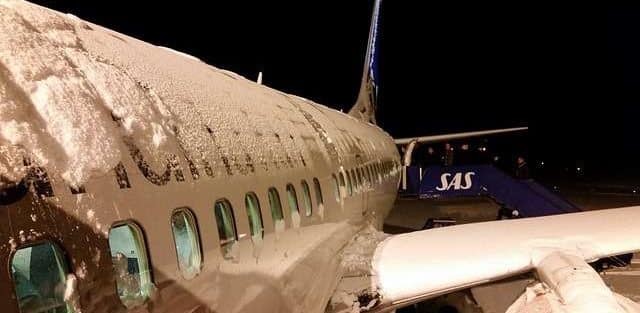SIGMET

- Non-convective
- Convective
Non-convective vs Convective SIGMETs
Non-convective SIGMETs are the less dangerous of the two. However, they can still pose a risk to smaller aircraft, such as a Citation Mustang charter, or other light jets used for private air charters. A weather forecaster will issue a SIGMET if the weather event is significant and affects an area of at least 3,000 square miles. This could include:- Severe non-convective turbulence
- Severe icing
- Widespread dust or sandstorms
- Volcanic eruption and ash clouds
- Severe hail (3/4 inch in diameter, or greater)
- Heavy winds (50 knots or greater)
- Tornados
SIGMET is an abbreviation for the term ‘significant meteorological information.’ In aviation, it is an advisory issued in times of severe weather that poses a significant risk to the safety of ALL aircraft, including private air charters.
There are two different types of SIGMET:
- Non-convective
- Convective
Non-convective vs Convective SIGMETs
Non-convective SIGMETs are the less dangerous of the two. However, they can still pose a risk to smaller aircraft, such as a Citation Mustang charter, or other light jets used for private air charters. A weather forecaster will issue a SIGMET if the weather event is significant and affects an area of at least 3,000 square miles. This could include:
- Severe non-convective turbulence
- Severe icing
- Widespread dust or sandstorms
- Volcanic eruption and ash clouds
In most cases, if the weather event is significant enough to trigger instrument meteorological conditions over a widespread area, the forecaster will issue a non-convective SIGMET for safety reasons.
However, if any of these conditions are result of adverse convectional weather, such as a severe thunderstorm, the warning will be designated as a convectional SIGMET. Other weather events that can result in a convectional SIGMET include:
- Severe hail (3/4 inch in diameter, or greater)
- Heavy winds (50 knots or greater)
- Tornados
SIGMETs are typically issued for a period of three hours. However, forecasters can update, upgrade and extend weather warnings, as needed.








